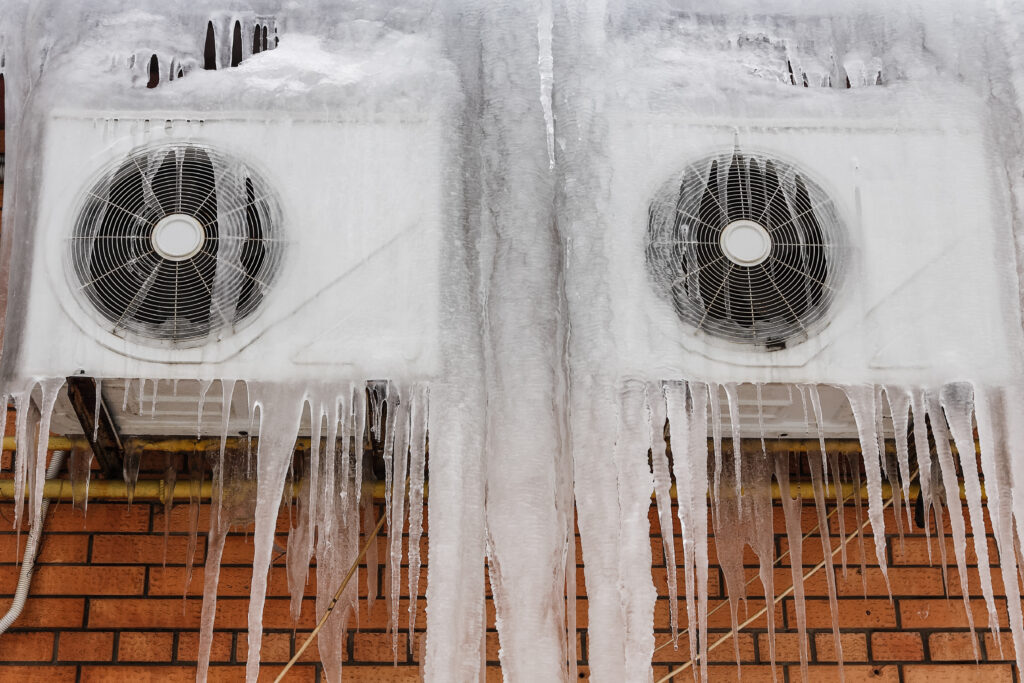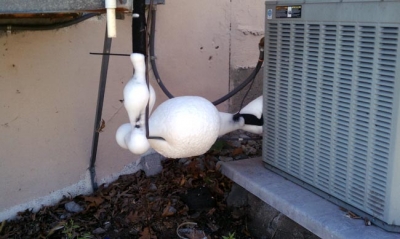How to Handle a Frozen AC Pipe - Critical Steps for Recovery
How to Handle a Frozen AC Pipe - Critical Steps for Recovery
Blog Article
On this page down the page you'll find more quality insights with regards to What Do I Do If My AC Pipe Is Frozen.

Introduction
Finding that your AC pipe is frozen can be worrying, specifically throughout warm summer months when you depend on your a/c unit one of the most. Comprehending what to do in such a situation is essential to prevent more damages to your cooling system and ensure your convenience inside your home.
Understanding the Causes
Several variables can add to the freezing of an AC pipeline. Comprehending these causes can help you address the concern successfully.
Lack of Airflow
One common source of an icy air conditioning pipeline is inadequate air flow. When the airflow over the evaporator coil is restricted, it can create the coil to go down below freezing temperature, bring about ice development on the pipe.
Reduced Refrigerant Levels
Inadequate cooling agent degrees in your AC system can additionally lead to an icy pipe. Reduced refrigerant levels can trigger the pressure in the system to go down, resulting in the cold of dampness on the evaporator coil.
Cold Weather Conditions
In cooler climates, freezing temperature levels outside can contribute to the cold of air conditioning pipes. If your a/c unit is not properly protected or if there are leakages in the ductwork, cold air can infiltrate the system, creating the pipe to ice up.
Dirty Air Filters
Filthy or clogged up air filters can limit airflow in your a/c system, leading to different issues, including an icy pipe. It's important to change or clean your air filters on a regular basis to ensure appropriate air movement and avoid ice accumulation.
Indicators of a Frozen Air Conditioning Pipe
Identifying the signs of a frozen AC pipe is vital for prompt action.
Minimized Airflow
If you see a significant reduction in air movement from your vents, it could indicate a frozen pipeline.
Ice Buildup on the Pipe
Noticeable ice build-up on the refrigerant line or the evaporator coil is a clear indicator of an icy air conditioner pipe.
Strange Sounds from the Unit
Unusual noises, such as hissing or bubbling, originating from your AC system can signify that there's ice present on the pipeline.
Immediate Actions to Take
When confronted with a frozen a/c pipeline, it's necessary to act quickly to avoid more damage to your cooling system.
Switching off the AC
The primary step is to switch off your a/c unit to stop the system from running and exacerbating the concern.
Checking for Blockages
Evaluate the area around the indoor unit for any obstructions that may be blocking airflow, such as furnishings or drapes.
Thawing the Pipe
You can make use of gentle techniques like placing towels soaked in cozy water around the icy pipeline to assist thaw it slowly.
Safety nets
Taking safety nets can help prevent future occurrences of a frozen a/c pipe.
Regular Maintenance Checks
Schedule regular maintenance talk to an expert HVAC specialist to guarantee that your AC system is running efficiently.
Transforming Air Filters
Consistently change or clean your air filters to prevent air flow limitations and maintain optimum efficiency.
Protecting Exposed Pipes
If your AC pipelines are subjected to chilly temperatures, think about protecting them to stop cold during winter season.
Looking For Professional Help
If DIY approaches fail to fix the concern or if you're uncertain about just how to continue, it's best to look for aid from a qualified HVAC service technician.
When DIY Methods Fail
If your efforts to thaw the pipe or address other issues are not successful, it's time to hire a specialist.
Value of Hiring a Professional HVAC Technician
A certified HVAC professional has the competence and tools essential to identify and repair concerns with your a/c system safely and effectively.
Verdict
Taking care of a frozen AC pipeline can be a discouraging experience, but recognizing how to react can assist minimize damages and bring back convenience to your home. By comprehending the causes, identifying the indications, and taking prompt activity, you can properly deal with the issue and stop future incidents.
Frozen AC Line: Why It Happens & What To Do About It
A frozen AC line can be a rather peculiar sight in a place like Phoenix, Arizona where nothing ever freezes. In this post, we’ll discuss what makes an air conditioner line frozen – and what you can do about it.
Dirty Air Filters
Did you know that you should be cleaning or replacing your air filters on a monthly basis? Failing to do this can result in airflow issues that, in turn, cause your evaporator coils and lines to freeze over. You’ll notice a buildup of ice on both components, although the buildup on your pipes will, of course, be more evident unless you open your air condition up to reveal the coils.
What To Do About It
Give your air filter a good cleaning if it’s reusable. If not, replace the filter outright. Next, switch your air conditioner’s fan setting on and leave it there for 2-3 hours. This will draw warm air in, helping to thaw your evaporator coil. You can also check out this article for some tips on cleaning the coils themselves if you’d like to speed the process up. Before you switch the unit back to its normal state, make sure the supply vents are completely unobstructed and free of dust or other debris.
If you keep having this issue even after replacing your filters regularly, contact a local HVAC repair company and have them inspect your evaporator coil, ductwork, and any other components that may be at fault. If you live in the Phoenix, Arizona area, give American Home Water and Air a call.
Low Refrigerant Levels/Leakage
What To Do About It
Contrary to what air conditioner “recharge” companies often tell their clients about refrigerant, it should never need to be simply refilled. You see, refrigerant runs in what experts refer to as a “closed loop.” Refrigerant really shouldn’t be leaving that loop. If it is, you’ve got a leak.
Paying someone to come and pump more refrigerant into your system (aka “recharge” it) isn’t the solution. Doing that will simply kick the can down the road. Besides, refrigerant leaks can be harmful to the environment and people in your home.
Rather, you need to take care of the leak with the help of a technician. Check out this article for some more information about dealing with air conditioners that are leaking refrigerant. Before you contact a technician, switch your thermostat to the off position. Then, switch the fan setting on and let it run for 2-3 hours so the unit can thaw.
Improper Temperature Setting
Improper temperature settings can also cause a drop in your air conditioner’s pressure. What many people don’t realize is that air conditioners are actually designed to run when temperatures have fallen above roughly 60 degrees Fahrenheit. If you run the unit when it’s cold outside, you’ll run into many issues, including frozen components.

We hope you enjoyed reading our post about How can I fix an air conditioner’s frozen pipe?. Thank you for taking time to browse our posting. If you appreciated our blog entry please do not forget to share it. Thank you so much for taking the time to read it.
Explore Now Report this page